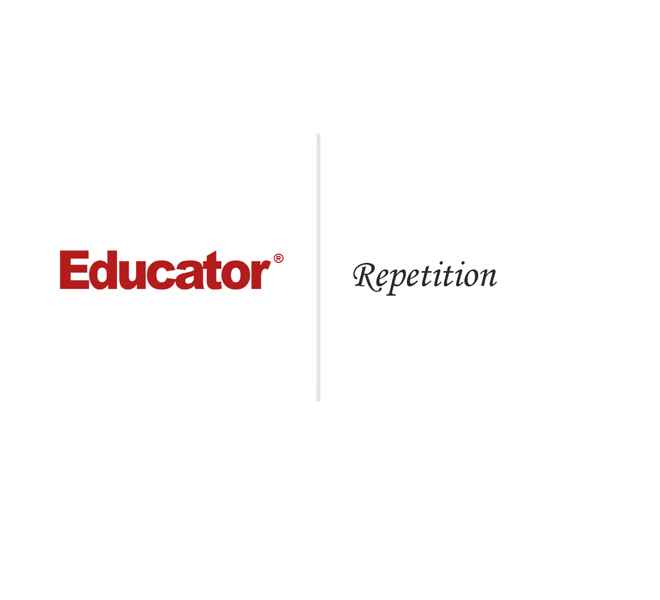

Eliot Popkin
Repetition
Slide Duration:Table of Contents
Section 1: Songwriting
Introduction to Songwriting
6m 17s
- Intro0:00
- Three Main Components0:17
- Melody, Lyrics, Harmony0:21
- Rhythm0:24
- Golden Guidelines1:37
- Object Write: Ocean3:09
- Object Write3:21
- Eliot's List on Ocean4:00
- Melody Ideas4:47
- Four Notes4:58
- Up One Step5:11
- Ascending6:11
Melody & Harmony
8m 6s
- Intro0:00
- Melody Lesson1:59
- 3 Most Stable Keys2:47
- Unstable Notes3:00
- Example: Stable Note4:58
- Harmony Grooves5:47
- Groove6:10
- Example: Own Harmonic Groove6:53
Object Write & Melody
7m 32s
- Intro0:00
- Object Write: Orange0:24
- Homework review0:33
- Homework assignment for next lesson2:50
- Melody Lesson3:18
- Stable & Unstable Tone Review3:22
- Example: Tones Falling4:45
- Example: Pick the next tone5:30
- Groove review7:06
Rhyming, Melody, Harmony, Part 1
7m 58s
- Intro0:00
- Object Write: Ocean0:09
- Object Write Review0:25
- Rhyming Lesson3:06
- Rhyme Scheme3:11
- Example: Amazing Grace3:41
- Example: Beyonce- Irreplacable4:08
- Melody and Harmony5:57
- Audio Example: Combining Melody & Harmony6:45
- Possible Ending Note7:33
Object Write to Verse
10m 13s
- Intro0:00
- Rhyming Lesson0:19
- Example: 'If I Die Young'0:40
- Rhyming Lesson, cont.3:00
- Words Don't Rhyme, But It Works3:26
- Object Write: Orange4:28
- Turn Object Write Into Verse4:30
- Object Write to a Verse6:55
- Finding the Rhyme Scheme7:15
- Changing to Not Rhyming Lyrics8:02
- Melody and Harmony9:02
- Stable Unstable Tone Placement9:20
- One-Bar Idea9:52
Introduction to Lyrics
8m 40s
- Intro0:00
- Object Write: Ocean1:03
- Example: Key Phrases to Use1:46
- Object Write to a Verse1:49
- The Rhyme Schme2:21
- Different Rhyme Scheme2:53
- Example: Why Words Rhymes4:07
- Melody Ideas4:16
- Create Many Melodies With 1 Simple Phrase4:35
- Harmony for Verse and Chorus6:15
- Define Harmony6:20
- Example: Add 1 New Chord6:46
- Audio Example7:30
Metaphor
5m 18s
- Intro0:00
- Lyric Writing0:25
- What is a Metaphor?0:33
- Examples: Metaphors0:40
- Melody Ideas2:24
- Arches2:42
- Examples: Small and Big Arches3:14
- Harmony Major vs Minor3:55
- Groove4:08
- Introduce Minor Chord to Mix4:14
Repetition
7m 23s
- Intro0:00
- Lyric Writing0:12
- Example: Use Repetition to Strengthen0:23
- Example 2: Use Repetition to Strengthen0:59
- Melody Ideas1:50
- Truncation2:22
- Rhythm Lesson3:27
- Whole Note3:52
- Half Note4:03
- Quarter Note4:06
- Example4:46
Imagery
9m 28s
- Intro0:00
- Lyric Writing0:13
- Use 5 Senses As Descriptions0:16
- Example: Senses As Descriptions0:28
- Example 2: Senses As Descriptions1:06
- Melody Ideas2:32
- Ways to Develop Melody2:49
- Chord & Arpeggio4:46
- Rhythm Lesson5:08
- Dotted Note5:27
- Clap Out Example6:12
Personification
9m 10s
- Intro0:00
- Lyric Writing0:15
- Define Personification0:18
- Examples: Personification0:29
- Melody Ideas3:22
- Permutation3:39
- Ornamentation3:59
- Thinning4:24
- Pitch Change4:39
- Example4:57
- Song Sections6:19
- Different Sections of a Song6:40
- Pre-Course, Bridge, Breakdown, Instrumental Breaks6:47
Exaggeration
14m 19s
- Intro0:00
- Lyric Writing0:21
- Define Exaggerate0:23
- Examples: Exaggeration0:29
- Collaboration3:02
- Consider When Collaborating3:36
- Business of Songwriting8:12
- Guidelines to Protect Your Song8:33
- Recording Demos8:40
- Studio Time8:55
- Submitting Material9:35
- Building Relationships10:30
- Getting a Mentor11:24
- Write Out Goals11:44
- Meet Other Songwriters/ Producers12:01
- Going to Network Events12:19
- Being a Professional12:36
- Being a Solo Artist or Starting Band13:11
- Performing13:34
Genres
21m 57s
- Intro0:00
- Country0:46
- Audio Example: Keith Urban1:02
- Example: Rhyming Scheme5:59
- Stripping Instrumentation7:42
- Pop8:11
- Audio Example: Pink8:33
- Main Difference Between Country & Pop13:03
- Chorus Extension13:33
- R&B14:14
- Audio Example: John Legend14:40
- Reframe20:44
Loading...
This is a quick preview of the lesson. For full access, please Log In or Sign up.
For more information, please see full course syllabus of Songwriting
For more information, please see full course syllabus of Songwriting
Songwriting Repetition
Lecture Description
In this lesson, our instructor Eliot Popkin gives an introduction on reptetition and how it can strengthen your lyric. He also goes over whole notes, half notes, quarter notes, and how to count to them.
Bookmark & Share
Embed
Share this knowledge with your friends!
Copy & Paste this embed code into your website’s HTML
Please ensure that your website editor is in text mode when you paste the code.(In Wordpress, the mode button is on the top right corner.)
×
Since this lesson is not free, only the preview will appear on your website.
- - Allow users to view the embedded video in full-size.
Next Lecture
Previous Lecture












































Start Learning Now
Our free lessons will get you started (Adobe Flash® required).
Sign up for Educator.comGet immediate access to our entire library.
Membership Overview